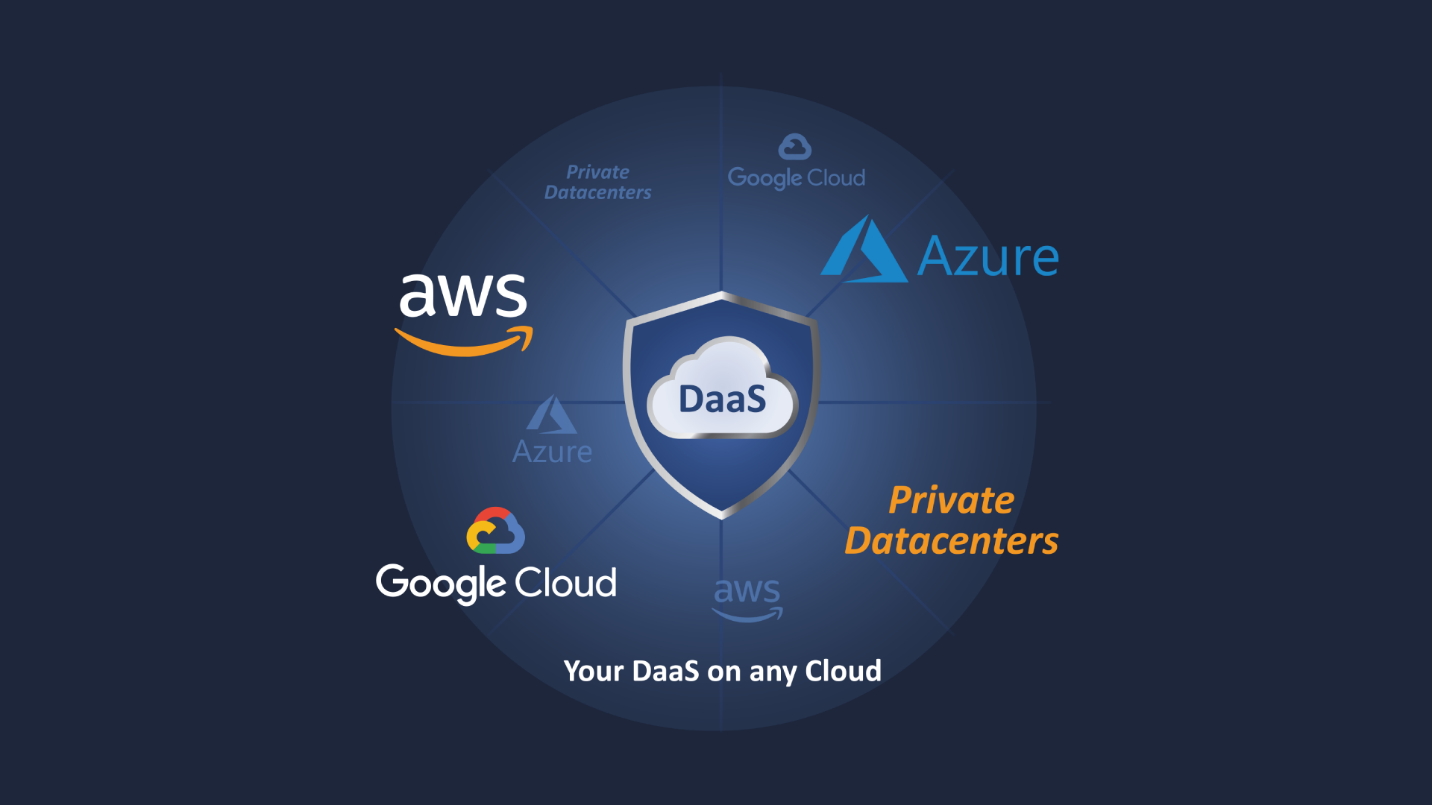
"Virtualized environments are prime targets for cyberattacks due to their centralized nature and the potential vulnerabilities inherent in remote access protocols. Common Security Risks in Virtualization include credential-based attacks and exposure of RDP ports."
"Implementing a Zero Trust architecture and Multi-Factor Authentication (MFA) is crucial to mitigate these risks, ensuring that only authenticated users and trusted devices can access the virtual environment."
"TruGrid SecureRDP minimizes attack surfaces by ensuring RDP connections are established without exposing firewall ports, thus enforcing MFA at the authentication layer, further reducing the risk of credential-based attacks."
"Key security features of TruGrid SecureRDP include Zero Trust Access, built-in MFA, no open ports, and geo-blocking, which collectively work to secure virtual environments against evolving threats."
Remote and hybrid work necessitates desktop and application virtualization for flexibility and security. However, such strategies face technical challenges that require attention. Virtualized environments are vulnerable to cyberattacks due to their centralized systems and remote access. Common security risks involve credential-related threats and the exposure of RDP ports. Implementing a Zero Trust model and Multi-Factor Authentication is vital for securing access. TruGrid SecureRDP enhances security by not exposing RDP ports and requiring MFA, significantly reducing potential attack surfaces and risks.
Read at BleepingComputer
Unable to calculate read time
Collection
[
|
...
]